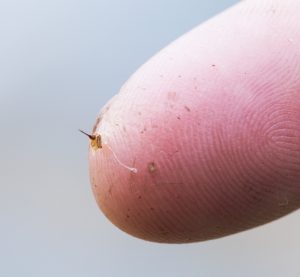

If unsure the victim should be observed for an allergic reaction. In some cases a bee sting can be fatal due to airway obstruction or shock.Īnyone who is stung by a bee should be asked if they are allergic. Some people suffer from hives or stomach cramps following a bee sting and others have a more serious reaction which requires immediate medical attention. This will help to limit the inflammation. Wash the sting area with soap and water or alcohol wipes.Īpply ice to the area or use a cloth that has been soaked in cold water.
#REDUCE SWELLING BUMBLE BEE STING SKIN#
Use your thumb and forefinger and grab the stinger as close to the skin as possible and then pull it out. In the past, tweezers were recommended to remove stingers but this advice is now outdated because this can squeeze more venom into the site. Studies show it is better to remove the stinger as fast as you can.

Remove the stingers as quickly as possible. If there have been multiple stings check the head, neck and chest first. The first thing to do is to look for the stinger which looks like a small splinter. Other insects which sting include hornets, bumble bees, wasps and hornets. Once you have been stung by a bee, it leaves a stinger which will continue to pump venom into your body for up to 20 minutes unless it is removed.Ī bee sting will cause a red swollen welt on the skin. There is an increased risk of bee stings during spring. Symptoms of an allergic reaction include headache, fever, loss of consciousness, and severe swelling of the face, tongue, lips and body, rash and possible difficulty breathingīee stings are very common and very serious for five percent of the population who are allergic to them.Check anyone who has been stung by a bee for an allergic reaction.It is best to remove stingers as fast as you can rather than slowly and carefully.A bee sting leaves a stinger which looks like a splinter and pumps venom in the body.Bee stings are serious for those who are allergic to them.


 0 kommentar(er)
0 kommentar(er)
